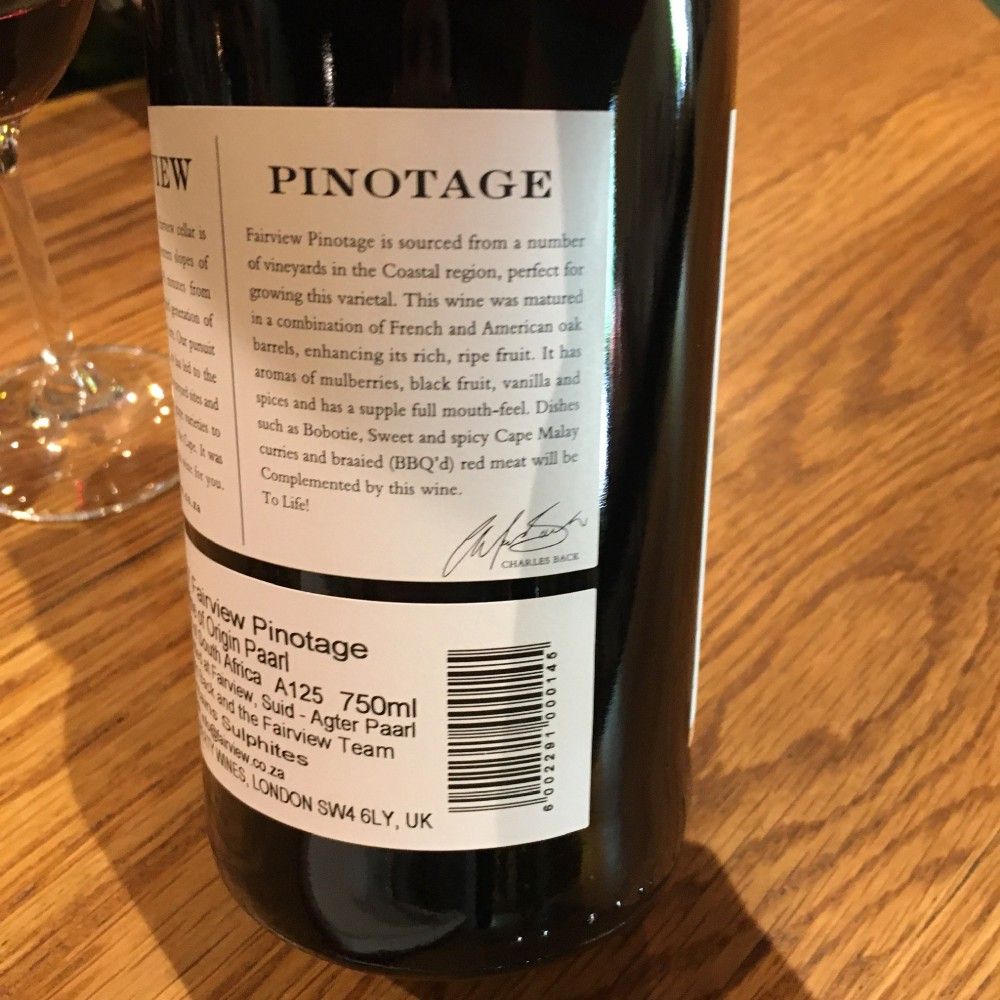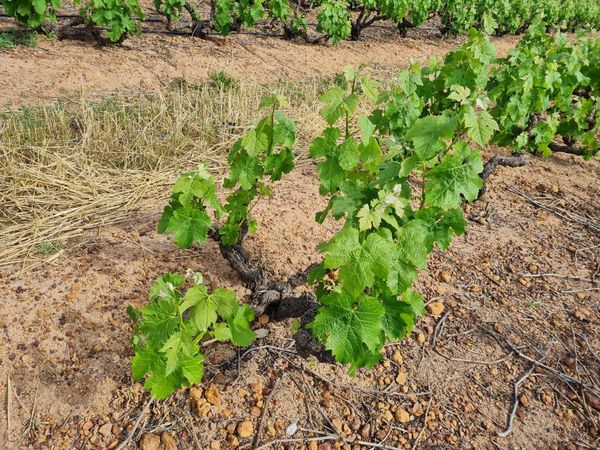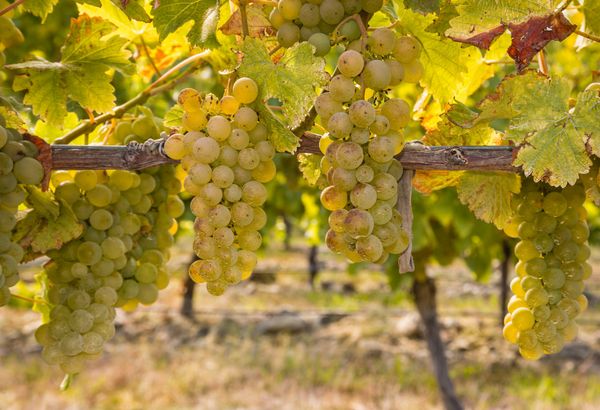Cinsaut + Pinot Noir = Pinotage
If you’ve ever visited the Cape Winelands and done a Pinotage tasting, you’ve probably heard the ‘old’ adage of how Pinotage was created from a crossing between Pinot Noir and Cinsaut. But what does this mean?
The short history
Let’s start at the very beginning (to quote one of my all-time favourite films). In 1925 Professor Abraham Izak Perold (the Father of Pinotage) was tasked with extending the range of grapes grown in the Cape region. He managed to create a new varietal that showcases the noble characteristics of Pinot Noir with the reliability of Cinsaut.
Pinot Noir is a light-bodied red wine varietal that is notoriously difficult to grow. For this reason, Perold chose to combine it with Cinsaut which is a much more robust wine grape. The cross resulted in four seeds that were planted in Perold’s private garden. Two years later, after moving from his residence at the University of Stellenbosch, a team was sent in to clear the overgrown garden. A young lecturer, Dr Charlie Niehaus, who knew about the four seedlings, happened to cycle past Perold’s former residence just as the clean-up team entered the garden. He was just in time to save the seedlings. The seedlings were then re-established in the nursery at Elsenburg Agricultural College by Perold’s successor, CJ Theron where the seedlings seem to have spent the next seven years largely ignored. Skipping ahead another couple of years, to 1941, and the first batch of Pinotage wines were produced by CT de Waal.
The first commercial planting of Pinotage was made at Myrtle Grove, near Sir Lowry’s Pass. This created quite a stir in the winemaking community and there was a lot of excitement surrounding the viability of this new varietal. The early wine showed a deeper ruby colour than either of the parents, ripened earlier, achieved high sugar levels more easily and the vines stayed healthy and vigorous. Unfortunately, some tasters were deterred by the acetone-like quality that the wine displayed. Something that hindered Pinotage’s development for several decades.
In 1959 Bellevue came to the varietal’s rescue, when a red wine they created received top honours at the Cape Wine Show. The same honour was bestowed on a Pinotage made by Kanonkop in 1961. The Stellenbosch Farmer’s Winery (SFW) was the first to use the name Pinotage on a label when they marketed the 1959 Bellevue Pinotage under the Lanzerac brand. The wine’s recent success at the Cape Wine Show, along with the knowledge that the variety was robust and ripened earlier, encouraged more farmers to plant Pinotage. This victory was, however, short lived as farmers over-produced the wine with little skill in the cellar and created low quality wines. In 1976 a group of British Wine Masters on tour in South Africa seemed to have hammered the final nail into the Pinotage coffin when they were very vocal about the poor quality and awful taste of the wine. Using terms such as ‘acetone’, ‘rusty nails’ and ‘hot and horrible’ describe Pinotage, it is safe to say that the wines were not well-received. As a result, many producers uprooted the vines and new producers refused to plant Pinotage.
Luckily for us, a couple of producers still believed in Pinotage and focused their efforts on producing a quality wine in the cellar. This focus and dedication eventually paid off in 1987, when the Diner’s Club Winemaker of the Year competition focused on Pinotage and the winning wine was made by Beyers Truter, who was at that time working under the Kanonkop label. Four years later the same winemaker put Pinotage on the international map when he was the first South African to be named International Winemaker of the Year at the 1991 International Wine and Spirit Competition.
Today we are very fortunate to have a wide variety of quality Pinotages produced locally as well as in Brazil, Canada, Israel, New Zealand, the United States and Zimbabwe.
Taste of Pinotage

A good Pinotage should express rich purple and black fruit flavours, with the occasional red fruits, such as raspberry, red liquorice and sometimes even red bell pepper making an appearance on an optimal vintage. Some Pinotages will also have flavours of banana, sweet tobacco and leather.
If something went wrong during the production phase the wine could have a very pungent smell that would resemble nail polish remover/acetone.
To get the best flavour out of your Pinotage it is a good idea to decant it for at least an hour, serve it at room temperature (15–20°C) and pair it with roasted meat and vegetables or your favourite meat off the braai.
Pinotage is a very easy to drink wine and, in my opinion, is a good choice for someone that requires an introduction to red wine.
Follow The Wine Dream on Instagram for more photos and tasting notes.




